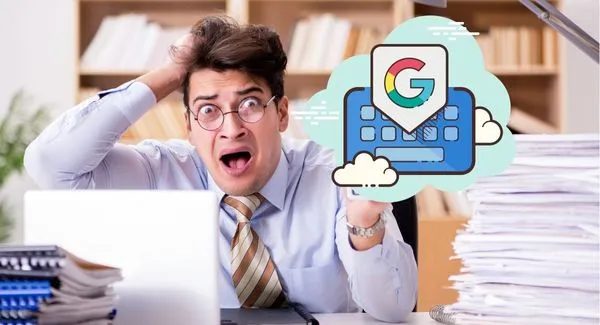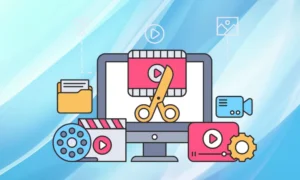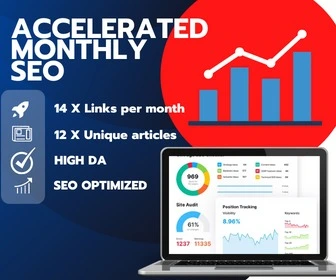We have already started to see a few cases of sites recovering from the Google Helpful Content Update which rolled out in December 2022. That is roughly 3 weeks since the moment some sites started to fall from the rankings. Now, a further aspect of the update rolled out as confirmed by Google – cracking down on 3rd party content that seeks to “ride the wave” on the authority of others, i.e. hijacking domain authority.
Now: this is by no means a small issue – companies have lost millions already: We’ve seen cases of small brands suddenly outranking big brands, sites that held positions for years, suddenly tumbled. Simply put, Google can hit harder than any recession!
You may want to know “How do I recover from this update by Google?” Since I am in the business of selling SEO related services, it would not be appropriate to promise you a recovery or claim that we know “exactly” how to fix this problem. However, we are in a strong position, based on data, to discuss things that have worked thus far.
Recovery case – Helpful Content Update & Link Spam:
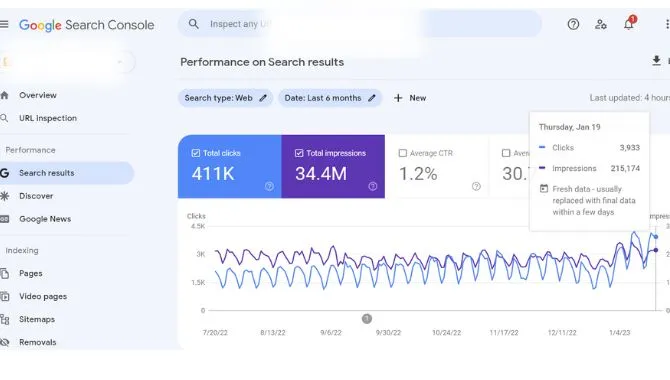
Now it may seem obvious that if your content is not helpful, you should just tweak it and make it helpful. There you go – that’s the answer, we can leave it here. Easy enough yes?
Not quite! You see – in the same month, a link spam update was rolled out too. This makes it a little more complex.
NOTE TO LINK SPAMMERS: If you have engaged heavily in link spam, what we’re going to share below may not work for you, because it is more likely that your site got hit by the latest algorithm update for that very reason and not over the helpfulness of it’s content.
Below, we will take a look at some ways to recover from this update along with what worked thus for. First, watch the video to understand the definition of the helpful content update.
Video – What is the “Google Helpful Content Update”?
Here are 6 ways to recover from the Google Helpful Content Update:
1. Improve your most important pages first:
Per your historic analytics, see which pages got hit the hardest and make their content better in a few ways: Firstly, by breaking up content dumps into smaller paragraphs. Secondly, by guiding the reader with images, introductions and conclusions – and guidance.
2. Determine what Google DOES consider to be helpful:
The easiest way to understand what content Google considered to be helpful is to look at the results it prioritizes. Look at sites that fell and sites that rose up in the rankings. If you are too emotional looking at your own site VS competitors then step back, look at an unrelated industry, and spot the patterns. Then ask yourself honestly, how does this correlate with your own case and that of competitors?
This snapshot below will show a simple comparison of how Google demoted G2 reviews in exchange for other more authoritative sources:
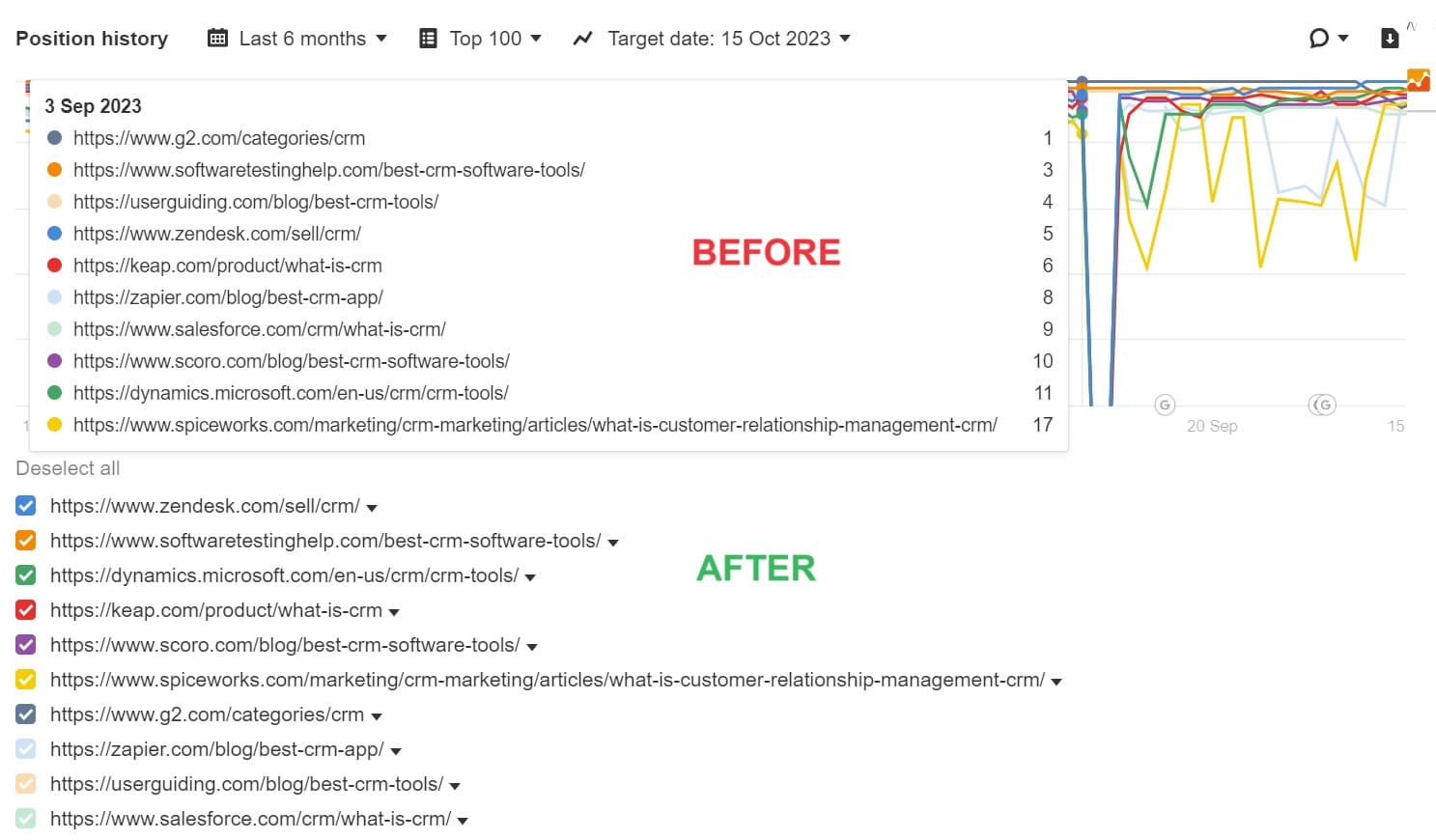
3. Read it for humans:
Now stop imagining you’re fooling Google. Imagine your best friend is reading the article and his life depends on understanding it. How well is the page really doing to help them? If it is a pile of content that ticks all the boxes with “rankmath” or “yoast” but nothing else, it probably deserved a penalty. Anything your team wrote just to “rank” on the web will fail unless the UX is great and people stay long enough to consume the content.
4. Remove duplication and repetition:
Just how nasty is it to find a piece of content that repeats itself numerous times because the author felt that keyword density will fool the serps into ranking it. If you said something once, it’s enough. Repeat it very briefly in a short conclusion of need be, but no more. DELETE it, no matter how much you paid the writer per word.
5. Turn back the tide on your Chat GTP “AI” content:
Sorry, but a lot of your AI content dumps simply will not work. In fact, they can make your entire site seem unhelpful very quickly. If it was that easy – I’d be honest enough to share that with our audience. If you added a long FAQ list with AI content and the page went down – delete it.
Unless of course you can do it properly with human-assisted editing – then your AI content is more than welcome. However 99% of teams are too lazy to actually spot the repetitive footprints of AI, so this needs to be allocated to someone truly dedicated to quality.
6. Fix the Schema markup of the page and do a mini update:
While adding genuine FAQ’s with a valid schema markup, also ensure other elements on your pages have a valid schema set up. If the page does not have new content but you are just fixing the schema – then do a mini content update to enable re-indexing.
7. Get serious about EAT
The EAT rating of your content revolves around a trustworthy author profile. A mom blogger who speaks about health topics as if she’s an expert, or a crypto freak who pretends to be a stock market guru will likely get hit the hardest. Google wants to rank authoritative content that the public can trust.
Is it really this simple to recover?
Yes, based on the sites that bounced back. Then again, these 7 points can take a while to revise if 50 important pages were impacted. Remember, as we said: this assumes that you do not have a link penalty – which we don’t know because these two penalties are not announced as a “manual action” in your Google Search Console.
We have also seen sites that kept tumbling for who it was not that simple: as always, consider that there are some 100+ ranking factors, always ready to confuse even the best in the game, including the experts.
As we see more recoveries, we will update our clients here and send relevant notifications.
